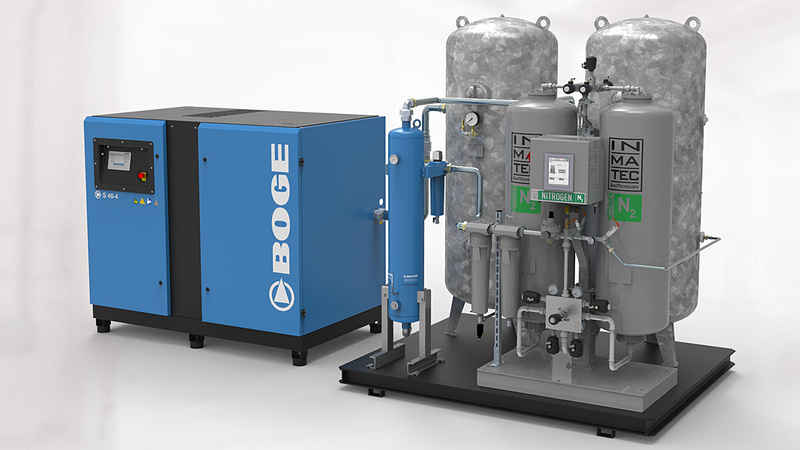Up until the 1950s, if you had a food processing or beverage company, the processing equipment was cleaned by hand. The same was true in the pharmaceutical industry. Manual cleaning was the only option for such industries. It required the stoppage of machinery and the taking part of the equipment to assure that everything was sanitized. This was before the invention of clean-in-place.
What Is Clean-In-Place?
Clean-in-place (CIP) is a method utilized by the sanitation crew at a processing plant to ensure the interior surfaces and pipes of the equipment is cleaned according to public safety and quality assurance or quality control standards. It is favored by many companies because it allows the equipment to be cleaned without disassembly. The method is called a circulation, circuit or recirculation cleaning process. Programs control its operation decreasing the margin of error and making the system automatic.
Where the processing equipment consists of large and hard to reach tanks and pipes, clean-in-place has proven to be particularly effective and efficient. CIP is also advantageous where the equipment is complex and intricate in structure. While there are other methods of cleaning processing equipment, CIP continues to be a favored method among many companies.
What Companies Employ CIP?
Many companies currently employ clean-in-place in their factories and facilities. The major employers are those in the production of food and beverages including the brewing of beer and the process lines for milk, cheese, and butter production. They are generally found in facilities where liquid, semi-solid or flow type items are produced such as:
* Liquid eggs
* Jam and marmalade
* Ketchup and tomato-based products
* Meal replacement drinks
* Puddings
* Salad dressings
* Sauces
* Spreadable cheese
* Soups
* Stews
Overall, CIP is engaged in food and beverage processing as well as pharmaceutical companies to clean the interiors of tanks, pipes, process equipment, filters and other associated fittings. The clean-in-place method helps these facilities maintain a high standard of hygiene. They have also proven to be a very efficient method of cleaning the equipment involved.
How Does Clean – In-Place Work?
CIP is a singular method. It combines the following elements:
* Chemicals – the cleaning agents transferred to the item requiring cleaning through fixed pipes or flexible hoses. They may consist of Caustic Soda, Phosphoric and Nitric Acids, Sodium Hypochlorite (Hypo) and Peracetic Acid (PAA).
* Water
* Heat
The method of application can be either one-shot or recovery. In the former everything from the process end up in the drain; in the latter, as much as possible of the liquid is recycled. The specific equipment required include:
* Two pumps: Supply and return
* Heat exchanger (with Black/Plant steam supply)
* Chemical tanks e.g. Acid, Alkali tanks (lye and acid)
* Supply Pressure gauge or transmitter
* Sensors – Supply temperature
* Conductivity meter (with sensor)
* Clean-In-Place
Today, many industries have installed a CIP system. They have proven to be an efficient and cost-effective means of addressing the issue of maintaining high standards of safety and quality assurance. The fact that the method is less labor-intensive and infinitely more effective at removing any potential health hazards increases the movement of many industries of this nature towards installing the clean-in-place technology.
If you are wondering about the viability and effectiveness of a Clean In Place system, contact TechniBlend. They are there to help you discover why this may be the right solution for your processing concerns. If you are in the food, beverage or pharmaceutical business, they will listen and help you find affordable, effective and efficient solutions. To discover more about who they are and what they do, go online to http://techniblend.com/.







